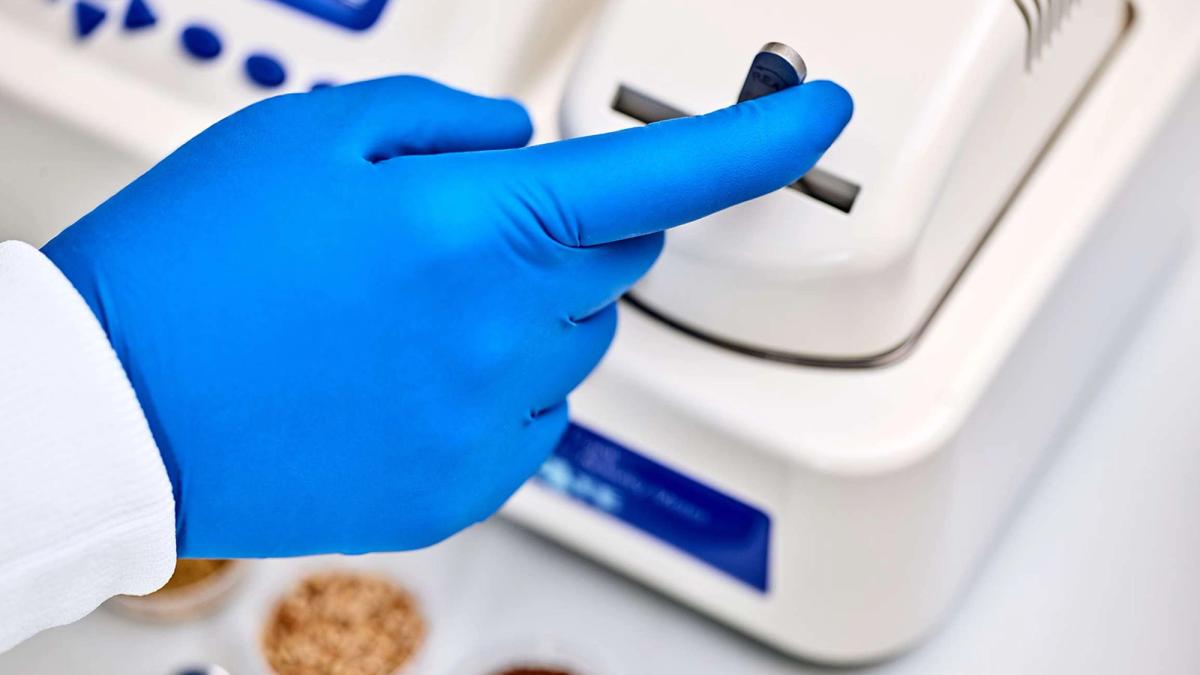Diese Website verwendet Cookies, um Ihnen die bestmögliche Erfahrung auf unserer Website zu bieten. Datenschutz-Erklärung
Water activity and shelf-stable meat products


Water activity for inspectors
USDA inspectors expect to see water activity as a critical control point (CCP) in HACCP plans, typically during drying and packaging. A water activity below 0.85 is an FSIS regulatory requirement for shelf stability HACCP model. Other moisture measurements, including MPR and moisture content, are “not safety considerations” and aren’t included in HACCP plans. The USDA explains, “Product water activity is best correlated to inhibition of each pathogen’s growth.”
But why?
Why does lowering water activity inhibit the growth of pathogens?
As the Marianskis so vividly put it inThe Art of Making Fermented Sausages, controlling water activity “is like stealing food from the bacteria.” Lowering water activity “locks up” water, ultimately making it impossible for bacteria to reproduce. Let’s look at this in more detail.
Listeria, E. Coli, Staph, and Salmonella are tiny organisms, and like any organism they need water to grow and reproduce. They get that water by sucking it in through the cell membrane that surrounds them. This suction power comes from energy differences between the water outside and the water inside the cell.
It’s easy to see that water moves from high to low energy: picture a pot of boiling water.
Water molecules move (as steam) from the high energy boiling water into the lower energy atmosphere.
Energy differences between a cracker and a piece of cheese are less extreme, but as the cheese sits on the cracker, water molecules will move from the cheese, in which the water has a higher energy, to the cracker, in which the energy is lower.
This principle holds true at the molecular level too, and pathogenic bacteria use it to pull water from the higher water energy environment outside the cell to a lower water energy environment within the cell.
If, however, you lower the water energy outside the cell enough, it causes “osmotic stress”: the cell can’t take up water and becomes dormant. Osmotic stress doesn’t kill pathogenic bacteria, it just makes them unable to reproduce.
Water activity is simply a measure of the energy status of water in a material. You can use it to see if the water in a piece of jerky has enough energy to support a particular strain of bacteria. Different pathogens cope with osmotic stress in different ways. That’s why Staph is able to survive at lower water activities than Listeria.
Lowering water activity doesn’t kill bacteria, but after a kill step like heat treatment, water activity will control bacterial growth, and that’s why it’s the FSIS’s moisture measurement of choice. It can be much more, however. Water activity has significance beyond FSIS, the USDA, and HACCP. It’s a powerful way to measure and understand water in your product.


| Brand | Type | % Moisture Content | Water Activity |
|---|---|---|---|
| Hormel (Refrigerated) | Italian Sausage Crumbles | 51.18 | 0.9714 |
| Old Wisconsin (refrigerated) | Turkey Sausage Snack Slices | 55.02 | 0.9404 |
| Jack Link's | Beef Steak Tender Bites - Teriyaki | 37.45 | 0.8664 |